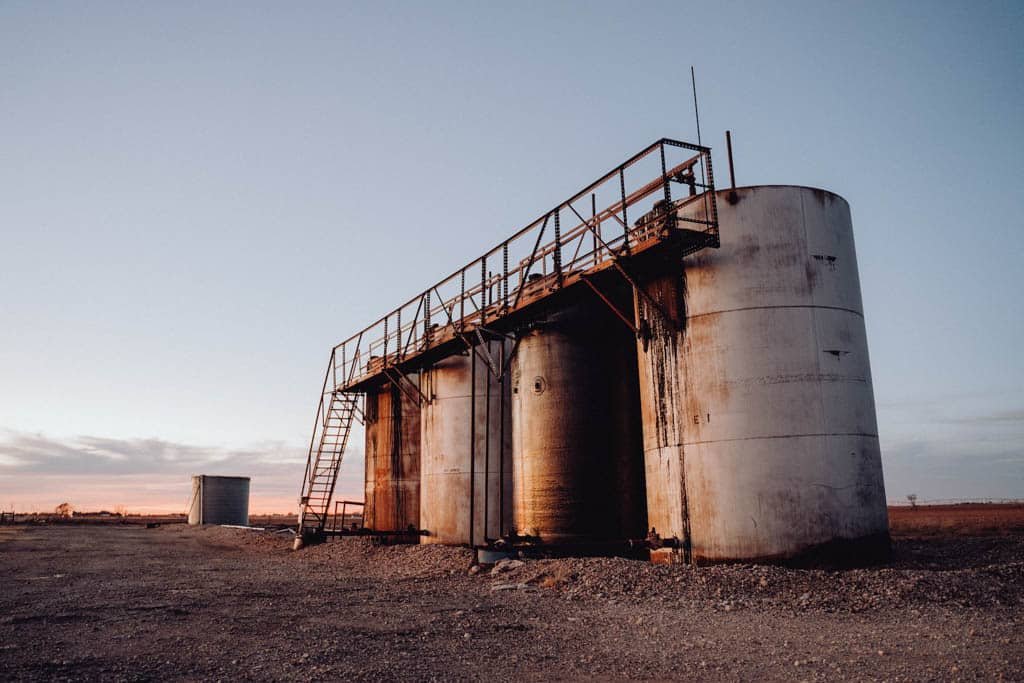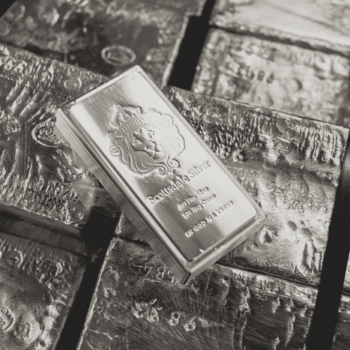
On the nightly news, crude oil is referred to as one simple homogeneous product. Anchors say things like, “oil climbed $2 a barrel today” or, “oil plunged 7% today.”
The reality of the oil business is much different. Not all oil is created equal. There are actually dozens of kinds of oil… and small differences in them can make big impacts on the money you make as an oil investor.
If you want to be a successful oil market player, it’s critical to know these differences. For example, smart oil investors might be very happy to sell oil for $40 a barrel… even when the news anchor says oil is trading for $50 a barrel.
Below, I cover why… and explain several other keys to success in the oil and gas market.
***The first factor you need to know about is “heavy” vs. “light” oil.
In preview, light oil is worth more than heavy oil. Here’s why…
The American Petroleum Institute (API) has a scale called the API gravity scale. It measures the density of petroleum. The scale goes from 0 to 75. For reference, water is rated a 10.
If an oil type has an API gravity greater than 10, it will float on water. If an oil type has an API gravity of less than 10, it will sink in water. Any oil with an API gravity below 22 is considered “heavy oil.”
Less dense, or “light oil” has an API gravity of greater than 31. Light oil is preferable to heavy oil because a higher percentage of the hydrocarbons are converted into things like gasoline. That’s why light oil trades at a premium to heavy oil.
The oil that comes out of basins like the Permian and Eagle Ford has an API gravity of approximately 38-42. This means the basins produce valuable “light oil.”
In contrast, oil produced from Canada’s famous Athabasca tar sands has an API gravity of 8. It’s among the world’s heaviest types of crude oil in production. It requires greater amounts of refining than light oil.
Heavy crude is thicker, which means it is more resistant to flow and usually it contains lots of chemicals such as sulfur. Before the refiners can turn the oil into gasoline, they must remove the impurities, which costs time and money. Also, some heavy oil is so thick that it won’t flow through pipelines on its own. A “diluent” must be added to make it transportable via pipelines. This also adds to the cost. It’s another reason why heavy oil trades at a discount to light oil.
For example, on March 1, 2017, Bitumen from the Athabasca tar sands sold for $34 per barrel while the light oil benchmark, West Texas Intermediate crude, sold for $54.50 per barrel.
This isn’t to say you can’t make money in heavy oil. I’ve made great money in heavy oil. But all things being equal, you’d rather produce light oil than heavy oil.
***The second factor you need to consider when evaluating a firm’s oil production is what comes along with it.
Some oil and gas basins contain wet natural gas that can be split apart to unlock an extremely valuable substance called “condensates.”
You see, hydrocarbons “chain” together. The more carbon atoms in the chain, the more “liquid rich” it is. The more “liquids rich” it is, the more valuable it is.
These liquids are called condensates.
You know some of these condensates. Jet Fuel is a condensate. Condensates are the building blocks used to produce plastics, kerosene, and even jet fuel. Without condensates to act as a diluent, the transportation of the tar sands heavy oil via pipeline would be nonexistent. Condensates are also used in the ethanol blends you may use at your local gas station.
Condensates have API gravity ratings on the 45 – 75 scale. They are so useful and valuable to society that a barrel of condensates is worth more than the best oil coming out of the Bakken or Eagle Ford shales.
Condensates sell for a premium over the benchmark price you always see for crude oil. You could say condensates are the “King of Hydrocarbons.”
When I evaluate oil and gas companies for investment, I like to see lots of potential for condensate production.
***The third factor you need to know about your oil and gas company is how it’s getting its product to market.
It’s one thing to get 10,000 barrels of oil out of the ground. It’s an entirely different thing to get those barrels to market so they can be consumed. Doing so requires transportation networks (like pipelines and tankers), storage facilities, and oil refineries. The harder it is to get oil to market and refine it, the less a barrel is worth at the wellhead.
For example, oil produced in Texas takes a quick and cheap pipeline journey to the large refinery complexes located along the Gulf Coast. Oil produced from offshore wells in the Arctic Circle has a much more expensive journey. It must be loaded onto tankers, which must occasionally navigate choppy, icy waters… and then travel more than 1,000 miles.
Every dollar an oil and gas firm pays for its product’s transportation is a dollar that it isn’t keeping as profit for shareholders. That’s why I prefer to own oil and gas assets located in the vicinity of major pipelines. I know it will result in more profit for shareholders.
In Summary
There’s a lot more to say about each of these three factors, but I’m keeping this essay relatively short so it acts as a quick “executive summary.”
Most investors think of oil as simply “oil.” They think if oil is trading for $50 on the exchange, that’s what their oil company is getting for it. However, that’s not the case at all.
Before investing in a company, determine what type of oil it produces. Determine what comes with that oil. Determine how the company gets its production to the market.
Knowing what questions to ask and what answers you want to hear will give you a huge advantage over other investors… and help you consistently make smart oil and gas investments.
Regards,
Marin
P.S. Right now, it’s critical to know the ins and outs of the oil market. That’s because a brief window of opportunity is open to buy your share in one of the world’s richest, biggest oil and gas fields… at a huge discount to what others are paying for similar top tier assets.
I don’t believe this opportunity will last for long. I estimate this world-class oil field is selling for an 80% discount to what others are buying for similar top tier assets. Soon, the world will wake up and realize what is going on and there will be a rush to buy these assets. But if you act quickly, you can secure your spot at a bargain price… before the crowd arrives. I’m so confident this is a low-risk way to make massive capital gains that I’m willing to “bet” $3,500 on your success.






